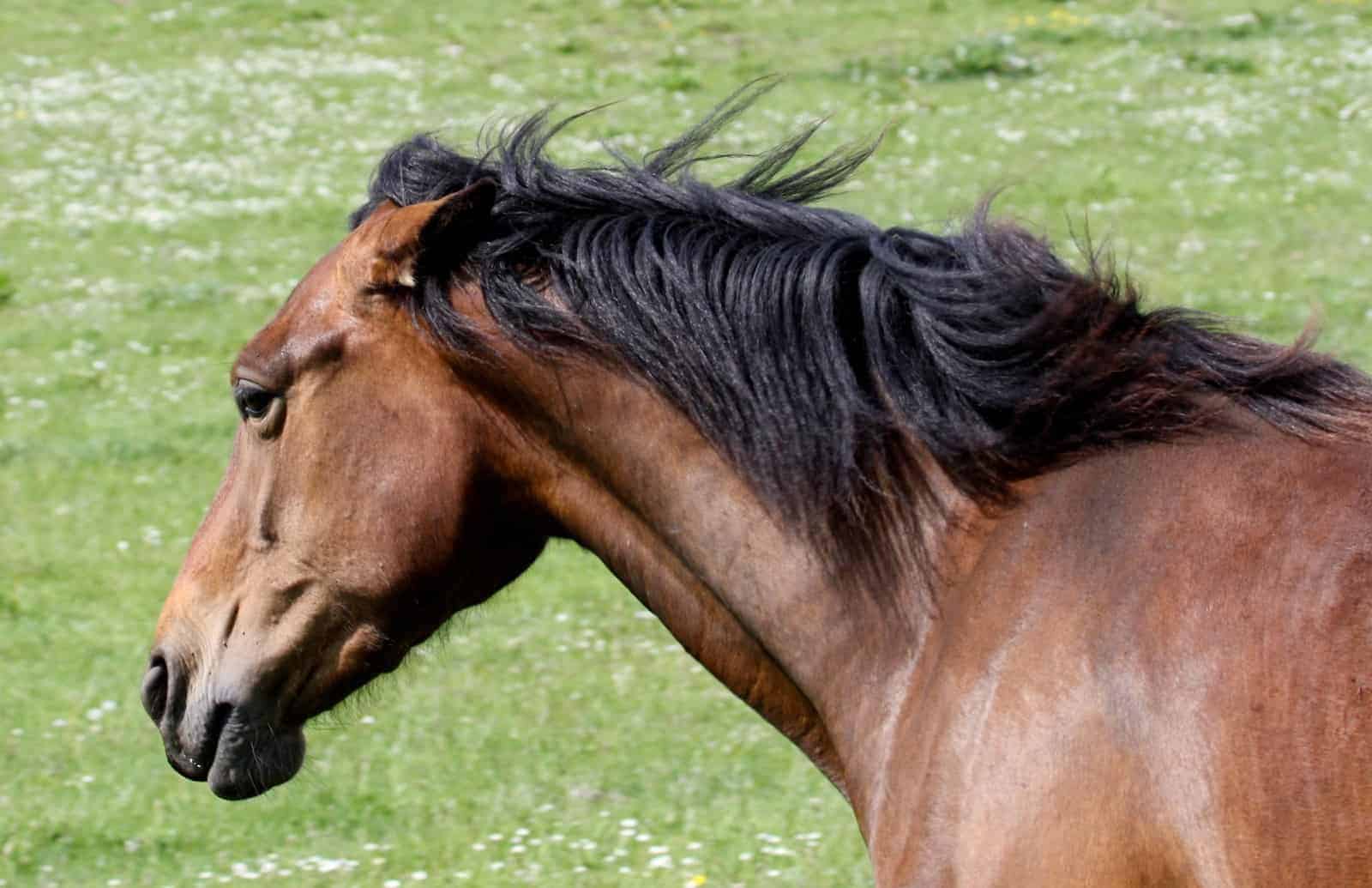Behavior Problems in Mares: Ovaries Aren’t Always to Blame

The veterinarians at the University of Pennsylvania’s New Bolton Center regularly evaluate mares for suspected ovary-related behavior issues. In most cases, however, they find the root cause is something else entirely.
Sue McDonnell, PhD, CAAB, adjunct professor of reproductive behavior and founding head of the University’s Equine Behavior Program, has been evaluating these so-called problem mares for decades. At the 2017 American Association of Equine Practitioners convention, held Nov. 17-21 in San Antonio, Texas, she described how the team at New Bolton Center, in Kennett Square, evaluates them and shared some case examples.
“Diagnosing the root causes (for behavior problems) is important for welfare, safety, and client satisfaction,” she said
Create a free account with TheHorse.com to view this content.
TheHorse.com is home to thousands of free articles about horse health care. In order to access some of our exclusive free content, you must be signed into TheHorse.com.
Start your free account today!
Already have an account?
and continue reading.

Written by:
Alexandra Beckstett
Related Articles
Stay on top of the most recent Horse Health news with















